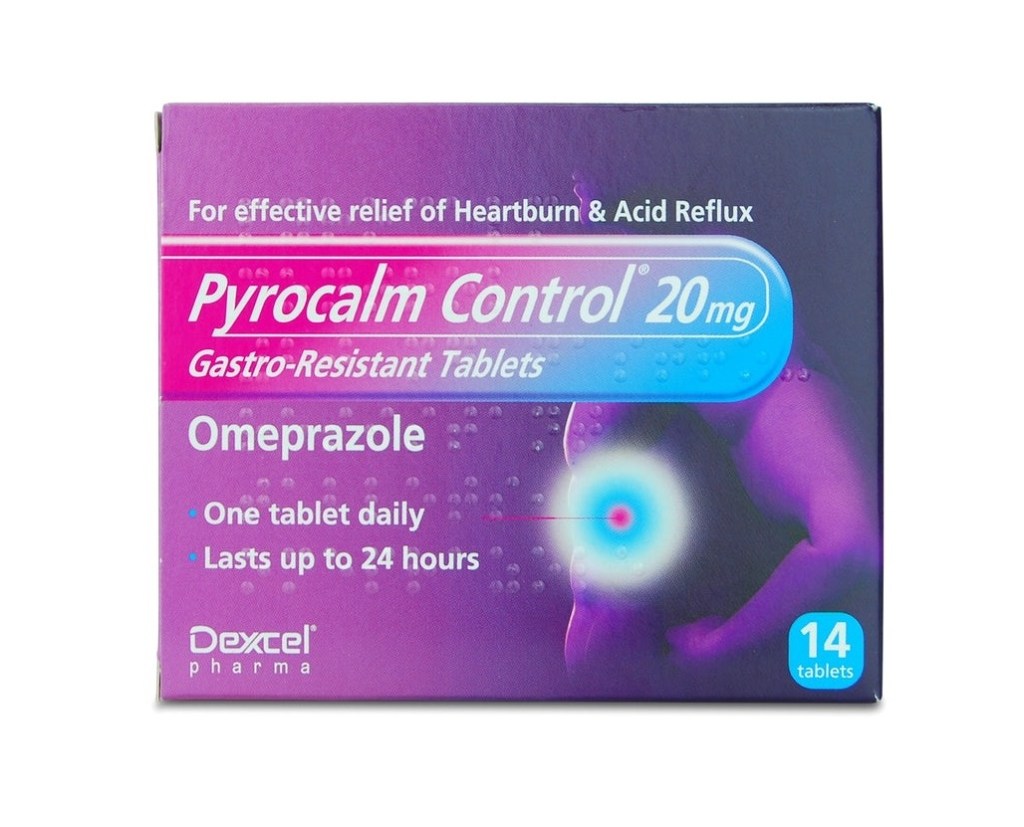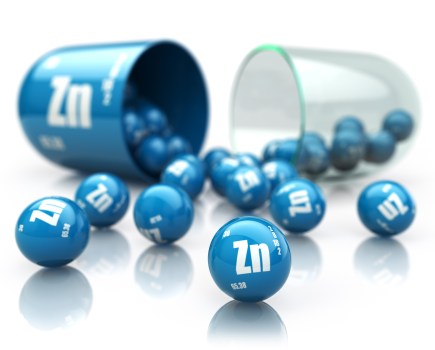This article was paid for by Pyrocalm
From understanding the triggers of heartburn to leveraging exercise benefits, learn how to navigate workouts while minimising discomfort.
If you’ve ever experienced heartburn during or after exercise – particularly after lifting or bending – you may well wonder whether the two are linked. Acid reflux and heartburn are common digestive issues characterised by a burning sensation in the chest and throat, occurring when stomach acid flows back into the oesophagus.
While diet and lifestyle choices are well-known contributors, many people wonder about the impact of exercise on these uncomfortable symptoms. Can working out exacerbate acid reflux and heartburn, or can it be beneficial?
Understanding acid reflux and heartburn
Acid reflux occurs when the lower oesophageal sphincter (LES) fails to close properly, allowing stomach acid to escape into the oesophagus. This can lead to heartburn, which often presents as a burning discomfort in the middle of the chest, at the lower end of the sternum.
Triggers include spicy or fatty food, alcohol or caffeinated drinks, stress, and lifestyle factors such as being overweight. Smoking and vaping are also a cause as nicotine can relax the LES.
How is exercise linked?
Exercise, particularly high-impact activities, can potentially worsen acid reflux for those prone to heartburn. Activities such as running, those that involve straining such as weightlifting, or intense aerobics can increase abdominal pressure, which in turn may force stomach acid into the oesophagus.
Additionally, exercises that involve bending down or lying flat, such as certain yoga poses or bench presses, can exacerbate symptoms by positioning the body in ways that make it easier for acid to travel back up.
Dehydration is thought to be a factor, too. And high-fat or high-protein diets typically consumed by those focused on fitness may also trigger symptoms, as well as timing meals too close to a heavy workout.
Can exercise help acid reflux?
Despite potentially increasing the risk, exercise can be beneficial for managing acid reflux and heartburn. Regular, moderate exercise helps maintain a healthy weight, which is crucial since excess weight can increase abdominal pressure and the likelihood of acid reflux.
Exercise also aids digestion and reduces stress, another common trigger for acid reflux. While activities such as yoga or tai chi can promote relaxation and help digestion.
Finding the balance
The key to leveraging exercise for better management of acid reflux and heartburn lies in choosing the right activities:
- Opt for low-impact activities like jogging, swimming and cycling
- Aim to eat smaller, more frequent meals and allow two to three hours between eating and working out
- Drink plenty of water before, during, and after exercise to aid digestion and stay hydrated
- Listen to your body: pay attention to how your body responds to different activities and adjust your routine accordingly









